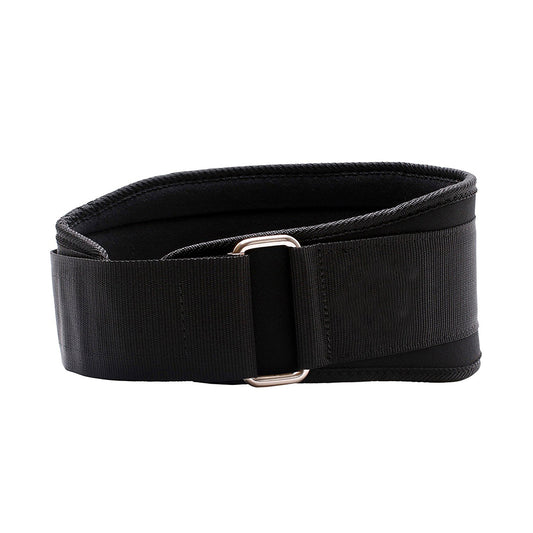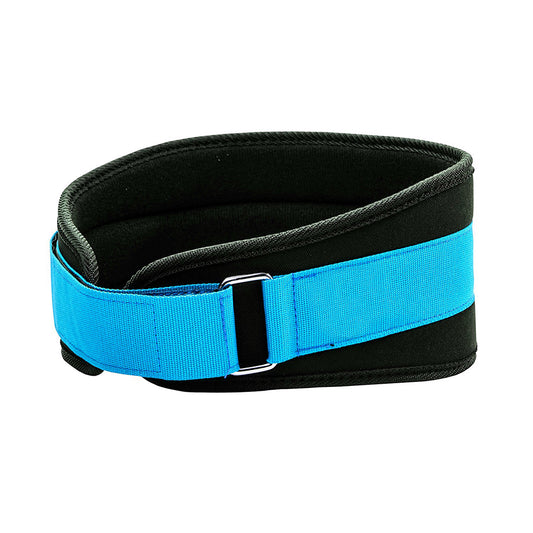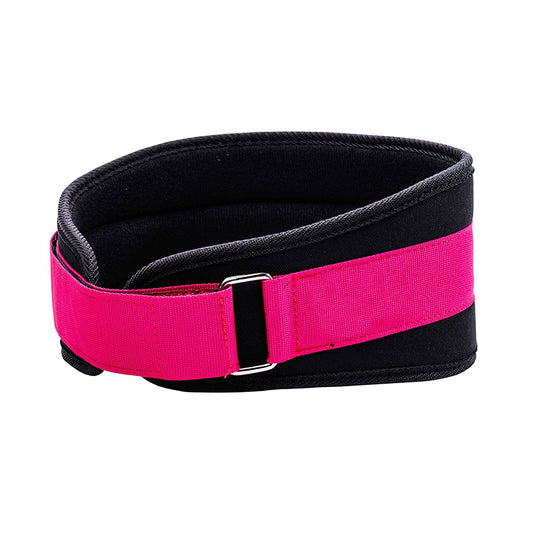-
Weight Lifting Belt for Men and Women - Durable Comfortable and Adjustable with Buckle - Stabilizing Lower Back Support for Weightlifting
Regular price $17.99 USDRegular price$17.99 USDSale price $17.99 USD -
Weight Lifting Belt - High Performance Neoprene Back Support - Light Weight & Heavy Duty Core Support for Weightlifting and Fitness
Regular price $17.99 USDRegular price$17.99 USDSale price $17.99 USD -
Nylon Weight lifting Belt with Flexible Ultralight Foam Core
Regular price $17.99 USDRegular price$17.99 USDSale price $17.99 USD
Collection: Weight Lifting Belts for Enhanced Performance and Safety
Discover Our Range of Weight Lifting Belts for Optimal Support and Safety
Understanding the Importance of Weight Lifting Belts
Weight lifting belts have become an essential accessory in the fitness community, especially for those engaged in strength training, Olympic lifting, or powerlifting. Their primary purpose is to provide additional spinal support during heavy lifts, enhance core stability, and potentially increase weight lifting performance by allowing you to safely lift heavier weights.
Who Needs a Weight Lifting Belt?
A weight lifting belt can be beneficial for:
- Olympic Weightlifters and Powerlifters: These sports require lifting maximal weights, making the additional intra-abdominal pressure provided by a belt invaluable.
- Recreational Weightlifters: If you're lifting heavy in the gym and looking to improve stability and safety during major lifts such as squats, deadlifts, and overhead presses, a belt can be an excellent addition to your gear.
- Fitness Enthusiasts with Core Supportive Needs: If you experience difficulty maintaining form due to a weaker core, a belt could help correct posture and engage core muscles more effectively.
Why You Need a Weight Lifting Belt
Using a weight lifting belt can:
- Minimize the risk of injury by providing spinal support.
- Maintain and increase intra-abdominal pressure during lifts.
- Encourage better biomechanics and form.
- Enhance comfort and confidence during heavy lifting sessions.
How to Determine If a Weight Lifting Belt Is Right for You
Consider these factors before deciding:
- Training Goals: If your aim is to lift heavier weights safely, a belt is beneficial.
- Current Strength Level: Ensure your form is near perfect without a belt, as it doesn’t compensate for poor technique.
- Personal Preferences: Try different types of belts to find what feels most comfortable and supportive.
Features of Our Weight Lifting Belts
ZSZBACE offers comprehensive support through meticulously crafted belts:
- Durable and Comfortable Materials: Our belts, like the high-performance neoprene back support belt, are made from high-quality materials ensuring durability.
- Adjustable Fit: Designed for both men and women, our belts include adjustable buckles for a customized fit, enhancing stability and safety.
- Lightweight Design: Products like our Nylon weight lifting belt with flexible ultralight foam core strike the perfect balance between support and mobility.
Common Questions About Using Weight Lifting Belts
-
When Should You Wear a Weight Lifting Belt?
- Mainly during maximal or submaximal lifts, such as squats and deadlifts.
- For exercises that could cause back hyperextension, like overhead presses.
- Avoid using belts for warm-ups, light loads, and non-lifting exercises.
-
How Do You Wear a Weight Lifting Belt Properly?
- The belt should be tight but allow room for abdominal expansion.
- Position it around one inch above the pelvis for optimal support without discomfort.
Suitable Body Improvements
- Enhanced Core Activation: A belt acts as a reminder and tool to engage the core correctly.
- Improved Form: Maintaining a rigid torso promotes better posture and alignment.
- Increased Confidence: Belts provide psychological reassurance of support during challenging lifts.
Additional Benefits Offered by Our Belts
With years of experience in manufacturing high-quality lifting belts, ZSZBACE ensures:
- Expert Craftsmanship: Every belt is carefully designed to meet the needs of athletes at various levels.
- Exceptional After-Sales Service: Trust in dedicated support to assist with any product-related inquiries.

Conclusion
Incorporating a weight lifting belt into your fitness regimen can provide the additional support and stability needed for safe, effective, and confident lifting. Whether you're an elite athlete or a recreational gym-goer, choosing the right belt is crucial. Explore ZSZBACE’s extensive range to find your perfect fit today.
By prioritizing safety and performance, our weight lifting belts help you push your limits while reducing the risk of injury. Trust ZSZBACE for top-tier fitness accessories that meet the highest industry standards and deliver unparalleled support to lifters worldwide.




